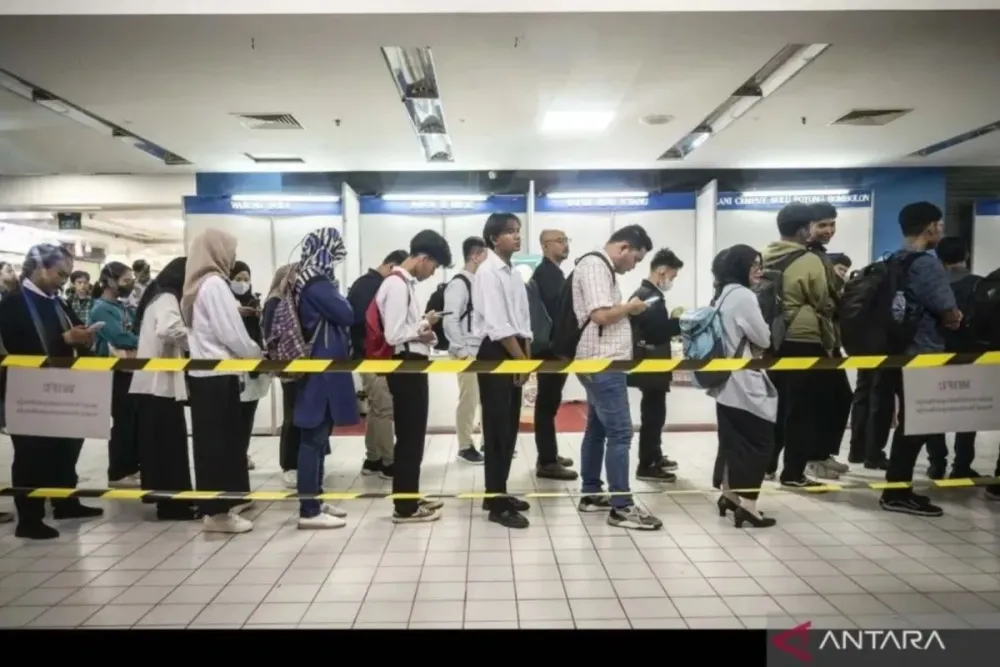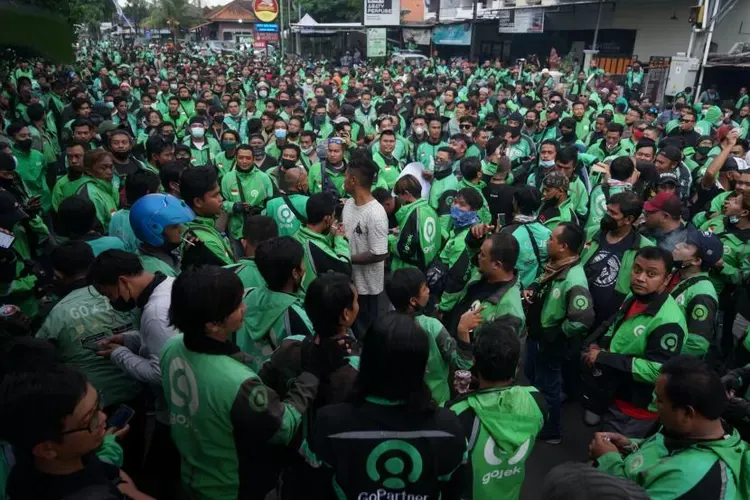Entering the implementation of US export tariffs, Executive Director of the Indonesian Footwear Association (Aprisindo) Yoseph Billie Dosiwoda admitted that he could not yet estimate how much impact it would have on the domestic footwear industry. What is clear, he said, is that it will greatly burden this sector's industry.
"What is certain is that it will be tough," he said. Aprisindo is currently still waiting for further information from exporters after the official tariffs are implemented.
Billie said he is collecting information from members who export, especially to the United States, regarding the impact of this tariff imposition. As a labor-intensive industry that absorbs around 960,000 direct workers and involves 1.3 million people in its supporting ecosystem, the sustainability of this sector is greatly influenced by foreign trade tariffs.
In 2024, Indonesian footwear exports to the United States alone reached US$2.39 billion.
To anticipate the impact of these tariffs, Aprisindo also compared Indonesia's tariff position with that of its competitors. "But if we are higher than Vietnam, which is lower, it's useless. We will still lose. The point is, our tariffs must be lower than competing countries, such as Vietnam, Cambodia, Taiwan, and even China and Hong Kong," said Billie.

He added that international buyers will consider product quality, not just tariffs. "Indonesian workers have a quality advantage in making footwear meticulously and neatly," he said.
According to him, moderate import tariffs with high quality provide an opportunity for Indonesia to seize market opportunities. Aprisindo hopes this tariff policy will encourage the acceleration of domestic structural reforms.
Billie emphasized the need for rapid and coordinated deregulation across ministries and institutions. He mentioned the importance of ease in licensing, environmental impact assessments (Amdal), Indonesian National Standards (SNI), access to renewable energy, export-import, and regulatory certainty regarding minimum wages.
We need incentive assistance from the government. Electricity discounts, tax breaks, to access to affordable renewable energy such as solar panels.
In addition, incentives are also needed if the 19% tariff applies to Indonesia. "We need incentive assistance from the government. Electricity discounts, tax breaks, to access to renewable energy – such as affordable solar panels at the beginning. That can help cover production costs due to this tariff," said Billie.
"If other countries can produce more cheaply, buyers will definitely go there. We need a strategy to keep our production costs competitive," he added.
Negotiations are still ongoing

The United States government officially set an import tariff of 19% for products from Indonesia on August 7, 2025. Minister of Trade Budi Santoso said that, although it has already taken effect, the government is still trying to persuade the United States to provide a smaller tariff for a number of Indonesian commodities that are not produced by that country.
"We are aiming for 0 percent," he said. He stated that the government is targeting the negotiations to be completed before September 1, 2025.
Coordinating Minister for Economic Affairs Airlangga Hartarto stated that the 19% tariff imposed on Indonesia is among the lowest in Southeast Asia, outside of Singapore, which receives a 10% tariff.
Thus, Indonesia still has a great opportunity to compete in the US export market, especially compared to India, which is the main competitor in the textile and textile product (TPT) sector. India is subject to a 25% tariff by the US. "If the level of playing field is the same, then only competitiveness needs to be improved, and some of our commodities that the US does not produce are given lower tariffs," said Airlangga.
On the other hand, some Indonesian commodities also receive a zero percent tariff, such as copper concentrate and copper cathode. When announcing the imposition of tariffs on Indonesia at 19%, United States President Donald Trump admitted that his country was interested in buying copper from Indonesia because of its good quality.

However, the United States' offer did not immediately attract the attention of the copper producing company in Indonesia, PT Freeport Indonesia (PTFI). The company, whose majority shares are now controlled by the state, stated that it still prioritizes meeting domestic market needs.
"The company's main priority remains to meet the needs of domestic industry," said VP Corporate Communications of Freeport Indonesia, Katri Krisnati, quoted from Antara.
In addition to the domestic market, Katri also explained that Freeport Indonesia's products are currently marketed in Asia, not the United States. President Director of Freeport Indonesia, Tony Wenas, stated that the largest market for his company's copper exports is currently Japan.
Even if entering America would not be subject to tariffs, Freeport has no initiative to shift its market destination. "To move the market? Going to America is far, (it takes) 45 days of shipping. Meanwhile, to China it's only 7 days of shipping, and China consumes 50% of the world's copper," said Tony.
Achieving a better agreement
Chairman of the Indonesian Textile Association (API), Jemmy Kartiwa, acknowledged that the reduction in reciprocal import tariffs, from an initial 32% to 19%, indirectly increases the competitiveness of Indonesian textile and textile products (TPT) to the United States. In other words, Indonesian TPT products are more competitive.

Moreover, the United States has been a strategic trading partner for TPT export products for decades, with a market share of almost 40%. Jemmy explained that clothing and accessories, both knitted and non-knitted, are the most sought-after TPT export commodities in the United States.
So far, Indonesian TPT products in the United States market have been competing with Indian and Vietnamese products, but the tariffs imposed by the US on India and Vietnam are quite high compared to Indonesia.
Vietnam is subject to a 20% import tariff, while India is subject to a 50% import tariff; Indonesia can take advantage of this momentum by continuing to improve the quality of TPT products so that they are more attractive to US consumers. "Indonesia is arguably lucky to get an import tariff of 19% compared to its competitors," he told SUAR, August 6, 2025.
Although API also asked the government to continue to be aware of the surge in imported products from other countries entering Indonesia, which could be products from Vietnam and India. The government needs to continue to protect domestic entrepreneurs and limit imported products entering the country.
Meanwhile, the Chairman of the Indonesian Oil Palm Entrepreneurs Association (Gapki), Eddy Martono, said that Indonesia's fate is quite good because its import tariff has decreased from 32% to 19%. Gapki still hopes that the government will continue to negotiate with the United States government to reduce the import tariff to 0%.
Based on GAPKI data in the last five years, Indonesian palm oil exports to the United States have shown an increasing trend.
Based on Gapki data in the last five years, Indonesian palm oil exports to the United States have shown an increasing trend. In 2020, the export volume reached 1.5 million tons and increased to 2.5 million tons in 2023, although it slightly decreased to 2.2 million tons in 2024. The value of palm oil exports in 2024 reached US$2.9 billion, with Indonesia's market share in the US reaching 89%.
"Palm oil is the main ingredient in the food industry in America, such as margarine, which cannot be replaced by other vegetable oils," he told SUAR.
The 19% tariff still puts pressure
The General Chairperson of the Indonesian Filament Yarn & Fiber Producers Association (APSyFI), Redma Gita, assesses that the tariff reduction from 32% to 19% imposed by the United States is still a new pressure for industry players. "Those who usually don't pay 19% will now have to pay," he said.
Even though it has decreased, the tariff still has an impact on the competitiveness of Indonesian products.
According to Redma, this decrease in competitiveness occurs because buyers have to bear additional tariffs. However, because many other countries are also affected, including those with larger tariffs, the level of competition does not change drastically.
In such a condition, according to him, attention needs to be directed at the decline in America's overall import volume. "Because the pie is getting smaller," he said.
When American imports fall, the market that is usually contested by Indonesia, China, India, and Vietnam also shrinks. Consumers in the destination country will pay more, and that has the potential to suppress demand.
If buyers are unable to buy in normal quantities due to tariffs, then they will reduce imports. Redma concludes, "overall, American imports will decrease."
Another factor: competitive dynamics
Regarding the impact of tariffs on the filament yarn and fiber industry, the General Chairperson of the Indonesian Filament Yarn & Fiber Producers Association (APSyFI), Redma Gita, cannot yet confirm whether Indonesian exports will automatically decrease. He explained that everything depends on competitive dynamics.
If competing countries such as China and India are subject to higher tariffs, then Indonesia has the opportunity to take over the market share they left behind. "The extent to which we can seize the market of competitor countries is what determines whether it can rise, stay the same, or fall," he said.

He gave an illustration, if China controls 60% of the market, then when that market shrinks and China's portion decreases, empty space will open up in the market. That space, according to Redma, becomes a battleground. Indonesia can enter to replace that empty space if it is able to move quickly and competitively.
Redma mapped out that in the upstream sector, Indonesia's competitors in seizing the market left by China include Korea, Taiwan, Brazil and Turkey. Meanwhile, in the downstream sector, Indonesia will compete with Vietnam, Cambodia and Sri Lanka. The final result of Indonesian exports to the US will greatly depend on this competition.
Thus, Indonesia, said Redma, is faced with a complex situation. On one hand, the potential for a decline in exports remains open. On the other hand, there is also an opportunity to grow if the market left by competitors can be filled.
The downstream sector is considered the most vulnerable because its export value to the US is very large. "It should be able to rise," he said, referring to the potential takeover of buyers who usually transact with China.
Citing data from the Central Statistics Agency (BPS), Redma said that Indonesia's exports to the United States for downstream products in 2024 reached approximately US$4.8 billion. Of that amount, around 60% came from garment products or ready-made clothing.
That value is equivalent to almost US$3 billion. This sector, according to Redma, is the most critical area in facing tariff policies.
Search for potential replacement markets
Exploring alternative markets is also a strategy that needs to be explored, even though doing so is not as easy as flipping the palm of your hand. When China loses the United States market due to high tariffs, they will also look for other markets. This creates the potential for direct clashes with Indonesia in new territories. "We have to compete with Chinese goods," he said.
Chinese goods are known to be cheaper. When competing in new markets, this price advantage becomes a challenge. Redma mentioned that the only market that can be relatively controlled is the domestic market. However, even domestically, Chinese goods remain a threat due to the absence of effective protection.
"They are overstock. Because they are subject to high tariffs to the US, it is possible that they will divert their market to Indonesia," he said.
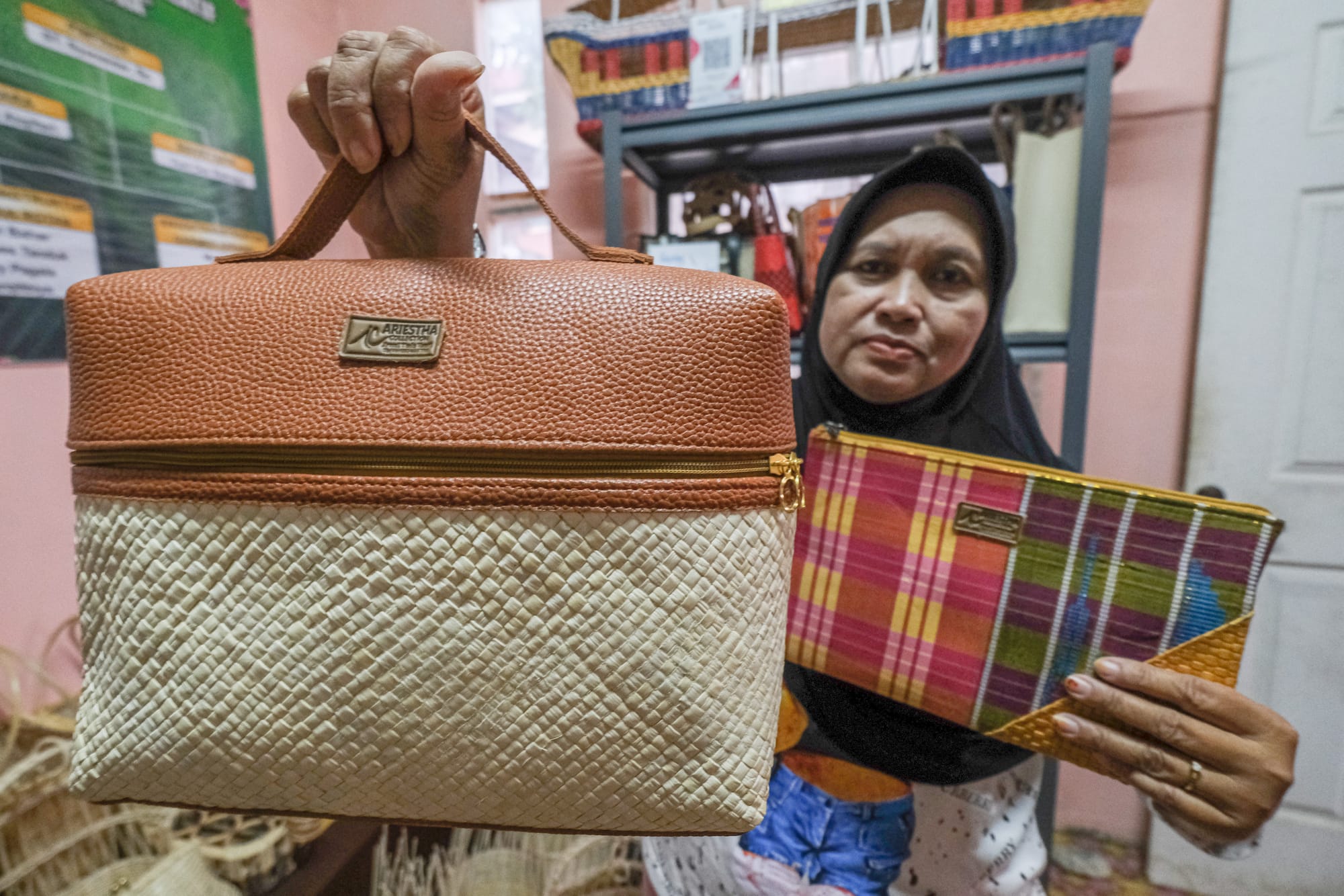
In the domestic market, most products are dominated by small and medium industries (IKM). If cheap goods from abroad enter without hindrance, then IKM will be directly affected. "This should be a concern for the government," said Redma. He emphasized the importance of protection for domestic producers.
So far, the government has various import restriction regulations such as Permendag 8, 36, and the latest revision of Permendag 17. However, Redma assesses that all these rules have not been effective. He mentioned that in the last five years, legal imports have actually continued to increase. "The government has tools, but tools that are killing the domestic industry," he said.
The import quota given continues to increase, even though the utilization of local producers is actually decreasing.
The Ministry of Industry as an institution that regulates import quotas is also considered not to be carrying out its protection function. Redma said that the import quota given continues to increase, even though the utilization of local producers is actually decreasing.
The implications will again be felt by IKM. Redma said that some will have stockpiles, some will go bankrupt, and some will only be able to operate some of their machines. "Some have five machines, only two are running," he said.
For this reason, APSyFI assesses that protection policies must be implemented seriously, such as anti-dumping and safeguard. These two instruments allow the government to impose additional import duties on imported goods sold below market prices. "Whatever the tools, if the government isn't serious, it won't work," said Redma
In addition to protection, Redma believes the government needs to provide incentives so that industry can compete with imported products. According to him, effective incentives are those that directly reduce production costs, such as the elimination of VAT, electricity subsidies, gas, and interest. He considers that income tax cuts do not have enough impact on industry. The government also needs to calculate the amount of realistic incentives so that competitiveness is maintained.
Like it or not, the economy weakens
Deputy Director of the Institute for Development of Economics and Finance (Indef) Eko Listiyanto said that the application of a 19% tariff from the United States on Indonesian products risks reducing economic growth. Based on modeling simulations carried out by the Indef team, the impact of the tariff policy is not positive. "Economic growth will fall according to that simulation," said Eko.
According to him, the additional burden due to tariffs and the decline in people's purchasing power in America are the main causes of this. Indonesian products will become more expensive in the market, so demand will also decrease. This has a direct effect on export performance and national economic achievements.
Eko said that the increase in exports in recent times was more due to the front loading phenomenon. Business actors in America are trying to secure stock before tariffs are imposed. However, in the medium term, the export trend will actually decrease because demand is shrinking.
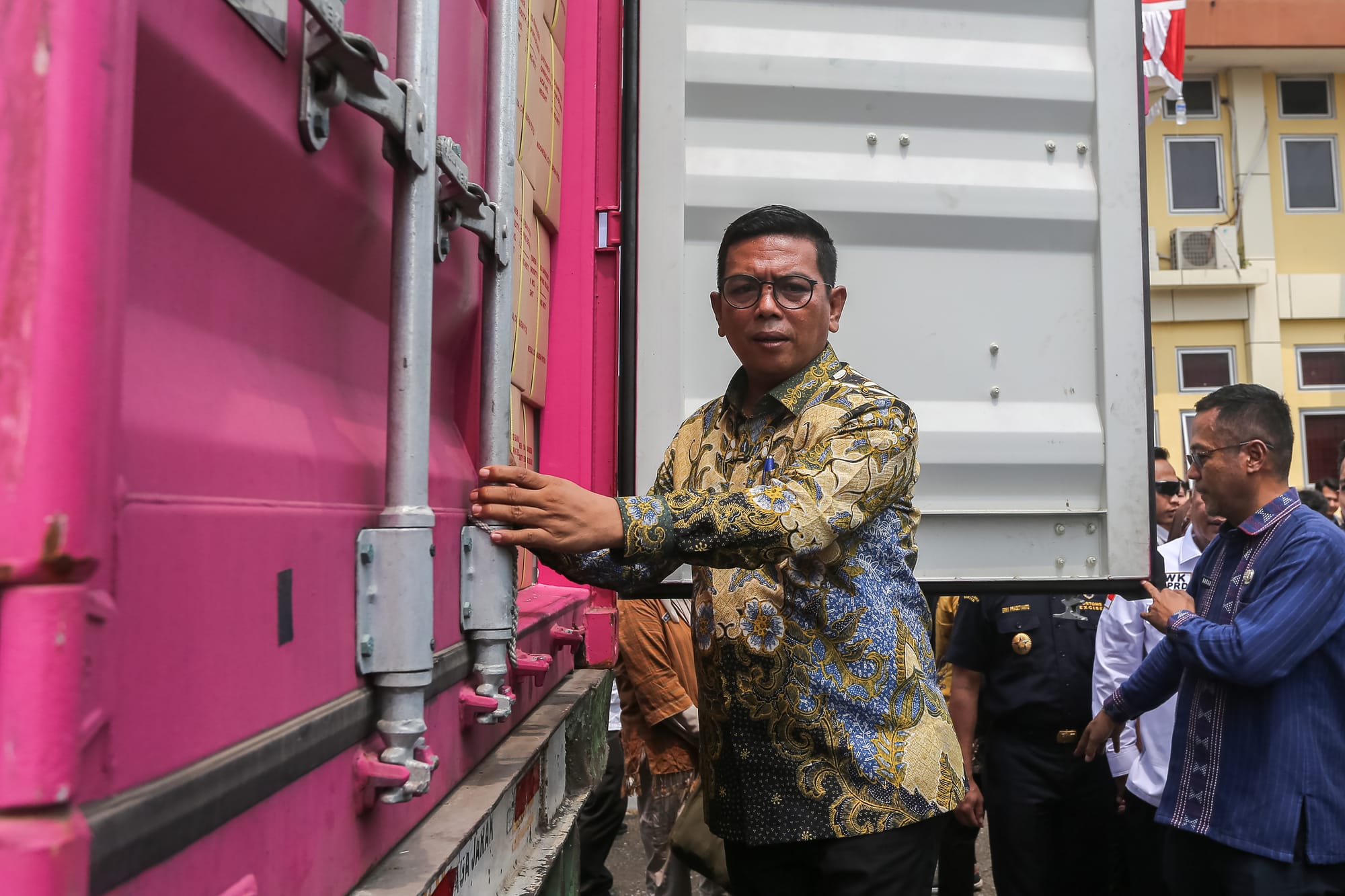
The Indef study uses a 19% tariff scenario. Eko said the results were different from the National Economic Council simulation which stated that tariffs could increase growth by up to 0.5%. "I personally feel a bit strange if there is a conclusion that this tariff can increase growth," he said.
Eko said that the labor-intensive industrial sector is the most vulnerable to being affected. The footwear and garment industries are examples of sectors that are at risk of declining due to reduced demand from America. This decline will be even more pronounced if the economic conditions in the United States worsen.
According to Eko, the International Monetary Fund (IMF) estimates that the American economy will only grow 1.8% this year, down from 2.8% last year. With weak purchasing power, purchases of imported goods will be reduced. At the same time, Indonesia is also facing pressure from fellow exporting countries in Asia.
Malaysia, for example, has similar export tariffs for palm oil products and could take over some of the market. The same thing happened with Vietnam, which is only 1% different from Indonesia's tariff. This difference is not considered sufficient to shift Vietnam's dominance in the American market.
In the short term, the government is advised to focus on fiscal incentives to maintain competitiveness.
In the short term, the government is advised to focus on fiscal incentives to maintain competitiveness. Reducing production costs through electricity discounts or tax breaks is considered more realistic than providing direct subsidies. "So even if they are subject to tariffs later, production costs here can be suppressed," said Eko.
Eko mentioned that this strategy was once implemented by China to circumvent tariffs from the United States. Instead of lowering tariffs, China reduced the production burden for export industries. This way, export prices remain competitive without violating trade regulations.
Mukhlison Sri Widodo, Harits Naufal Arrazie and Ridho Sukra
Affected by a Double-Edged Sword
Micro, small, and medium enterprises, or UMKM, which contribute more than 60% of Indonesia's Gross Domestic Product (GDP), need to act quickly to anticipate the impact of tariffs imposed on Indonesia by the United States.
UMKM products such as handicrafts, processed foods, and textiles become more expensive in the United States market. American consumers may switch to products from other countries with lower tariffs.
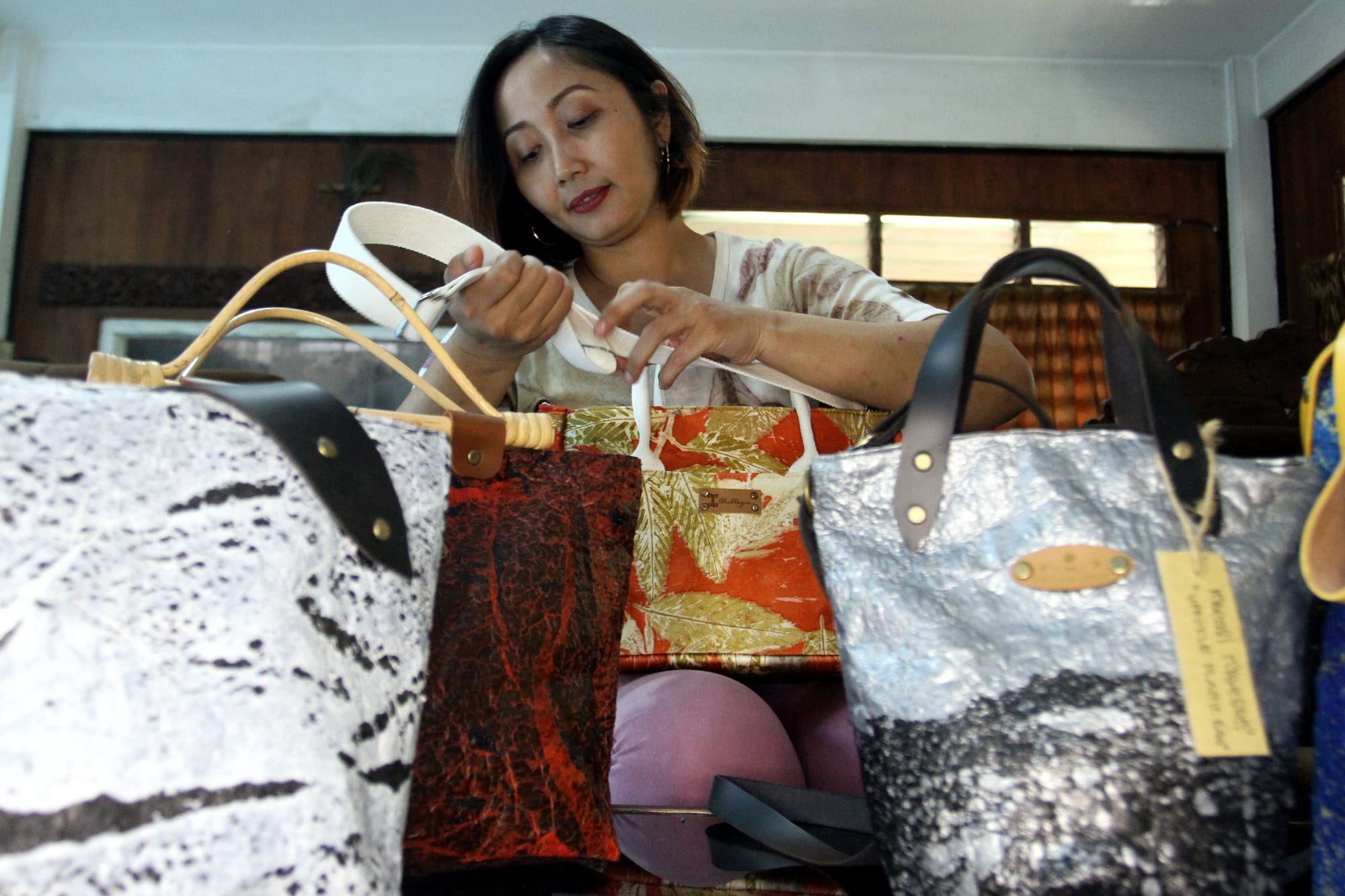
Therefore, being late to adapt will increase the risk of failure, while quick and strategic steps can pave the way for broader growth.
The Chairman of the Indonesian Furniture and Handicraft Industry Association (Himki), Abdul Sobur, said that although Indonesia's import tariffs are smaller than other countries, a 19% import tariff is still burdensome for UMKM players.
"UMKM players are very sensitive to cost changes, and the government must be concerned about their interests," he told SUAR. He hopes the government will continue to negotiate so that the US abolishes import tariffs for Indonesia.
Data from the Indonesian Furniture and Handicraft Industry Association (HIMKI) shows that the export value of Indonesian furniture (HS 9401-9403) reached US$2.5 billion in 2022, then decreased to US$1.9 billion in 2023.

Economic observer and Deputy Chairman of the LPS Board of Commissioners 2023-2025, Lana Soelistianingsih, explained that a reciprocal import tariff of 19% is like a double-edged sword, which can have an impact on both the negative and positive sides.
On the positive side, there are several industrial sectors that can be competitive, such as textile products, because the imposition of Indonesian import tariffs is lower. On the negative side, industry players, especially UMKM, may think twice about exporting. "The solution is, the government must be able to lobby the US so that import tariffs return to 0 percent," she said.


